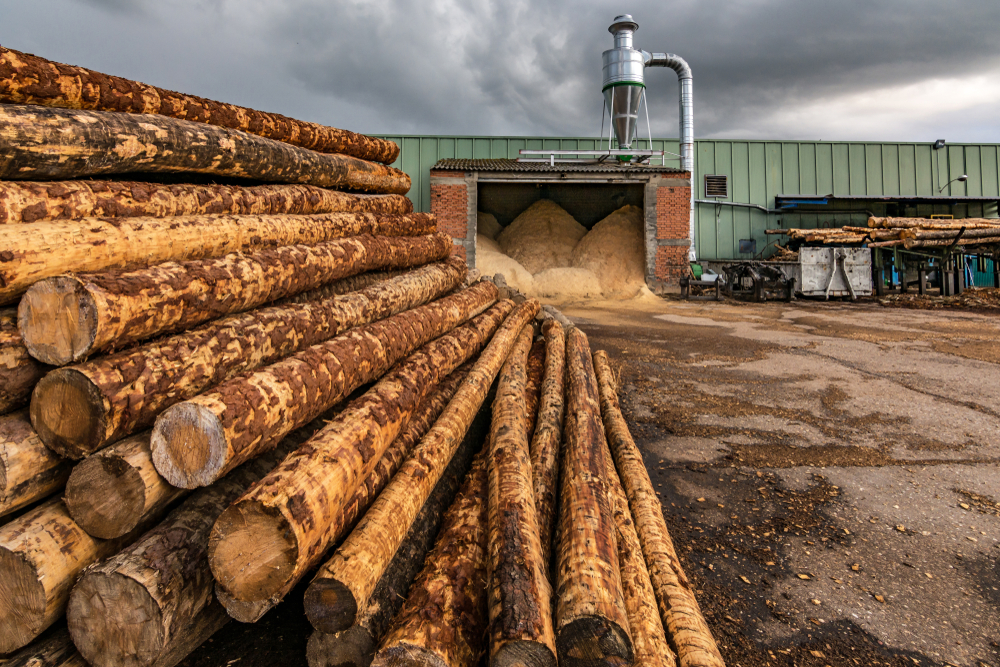Preparing for Sawmill Waste Collection
Wood waste is the final unwanted product from sawmills plus lumber-jacking and branch pruning. If you are unsure what to do with your unwanted excess timber, don’t worry as P.H Winterton offer a sawmill waste collection service.
Industries that contribute to the creation of wood waste include furniture, sawmill, pulp and paper, plywood mills and particleboard mills.
For this blog, we are going to explain the different types of wood waste and how it should be stored.
The Different Types of Wood Waste
There are four main types of wood waste, which are problem wood waste, used wood, scrap wood plus natural wood waste. Examples of problem wood waste are unwanted laminated, wood waste with preservative agents is a blend of problem wood waste and regular wood.
Used wood waste consists of deserted wooden building portions, wooden furniture and wood waste from materials like colour pallets. Scrap wood waste is produced in workshops by carpenters, furniture factories, construction sites plus sawmills.
Natural wood waste is leftover sawdust and remaining wood pieces from logging activities.
Best Storage Methods for Wood Waste
Waste collecting bins are pile-up stations of different sizes, shapes and materials which help reduce the spread of litter.
Different types of waste collecting include localised containers, centralised bin stations, waste transfer carts or transfer balers and waste yard dumpsters.
Localised containers are also known as desk-side bins and are individual refuse bins whose purpose is to increase the efficiency of waste handling. They encourage people to keep their rubbish organised and promotes the recycling of wood waste.
Centralised bin stations are placed in strategic points and are the recipients of waste that are assembled from the localised containers. Most furniture workshops have this type of bin in their hallways and corridors which stores wood waste from employees’ work stations. Their main purpose is to receive refuse from centralised stations and move or cut them if it is a transfer baler. They are large containers that carry more waste and are more economical when compared to buying a number of high traffic containers.
The refuse yard dumpster is the final designated point to store large amounts of waste and are mostly huge and receive tonnes of wood waste from transfer balers.
Find Out More About Sawmill Waste Collection
If you would like to know more about the sawmill waste collection service from P.H Winterton, please contact us today. We have also now extended our services to provide collection services in Southampton, Portsmouth and Hampshire.

